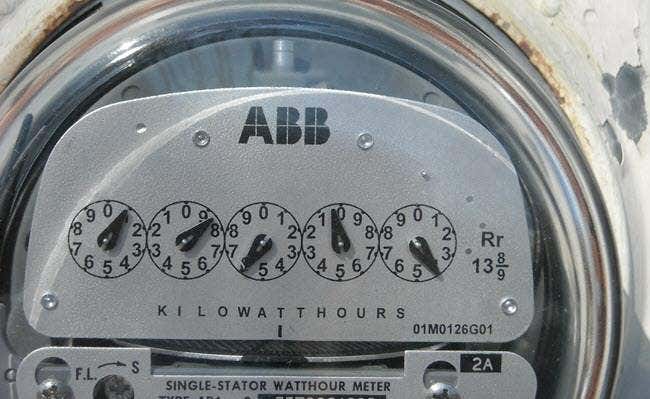There are many different methods available that can be used to track your electricity usage, but we will be focusing on three methods in this article. Two of these methods are available to everybody, but one method is limited to those that use an energy supplier that supports it.
Through Your Energy Supplier with Smart Meters and Apps
Perhaps the easiest option for those that can get support for it is to get a smart meter directly from your energy supplier. Some energy suppliers may offer smart meters and an installation for free, whilst others may charge for it. Some may not offer smart meters whatsoever. It’s best to contact your energy supplier directly to find out what they have to offer. So what exactly is a smart meter? Well, in every home, a meter is used to carefully track how many kWh’s of power are used. However, non-smart variants can’t send this information directly to the supplier, and there’s not really much information on them to show you how much you are spending. As a result, you’re given a bill that is an estimate, and you’re often left scratching your head about how much electricity you are using in your home each day. A smart meter is essentially an upgraded version of a meter. Smart meters can send energy usage data directly to your supplier, which means more accurate prices. More importantly, smart meters give you valuable information about how much you are spending. Some smart meters even have included apps that have fancy dashboards filled with stats and information. This method is great for those that don’t want too much initial investment – like I said earlier, sometimes you can get such a meter for free, or if not, for a reasonable price from a supplier. However, smart meters don’t do you much justice when it comes to viewing the energy usage from specific appliances. On top of this, not all energy suppliers across the world will offer smart meters.
Device Specific Monitoring with Smart Plugs
My next suggestion would be to buy smart plugs. These are power socket adapters that plug straight into any wall socket. You then plug your appliances and electronics into the smart plug. The smart plug acts as a middleman between your wall and your appliance, gathering data about how much energy is being used. That data is then sent straight to a smartphone app. The app you use will depend on which plug you go for, but typically you’ll get information about how much energy an appliance is using, and an estimate on how much that will cost you. Smart plugs can be great if you’d like to monitor specific appliances in conjunction with a smart meter or another entire home monitoring system. They are also great for people who forget to switch off appliances at the wall – a smart plug can automate this process for you. The only concern is that you’d need to invest a lot to cover every single used socket in your home. It’s best to use them for energy suckers like electric heaters, etc.
Home Electrical Monitoring Systems
If you’d like to get more real time data on how energy is being used in your home, or you can’t get any reliable information from your electricity meter, a home monitoring system could be the solution. You can get a variety of products at differing price ranges, but we think small self-installation monitors like the geo Minim are suitable. These will set you back around $50 and can monitor information directly from any old electricity meter. These monitoring systems can be invaluable for keeping track of real time energy usage and tracking how much you are actually spending each day. In essence, these systems take the information a standard meter is already outputting and they turn it into charts, graphs, and detailed overviews of your energy costs via software. I think that this option is great for somebody that cannot get a smart meter from their energy supplier. Alternatively, it can be a good option for somebody that owns a smart meter with limited functionality. It cannot be used to monitor specific electronic usage. This means you’ll still need to pair it with smart plugs for more detailed energy usage information.
Summary
For more thorough energy usage, you’d need to purchase smart plugs. However, the price really adds up when you start to add more smart plugs to your home. What are your thoughts on the technology we have mentioned? Have you tried them yourself? If so, how has your experience been? If you have any thoughts or comments, I’d love to hear them.



